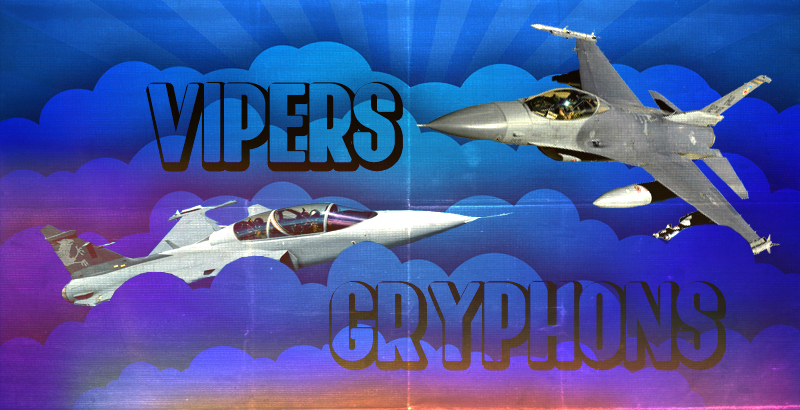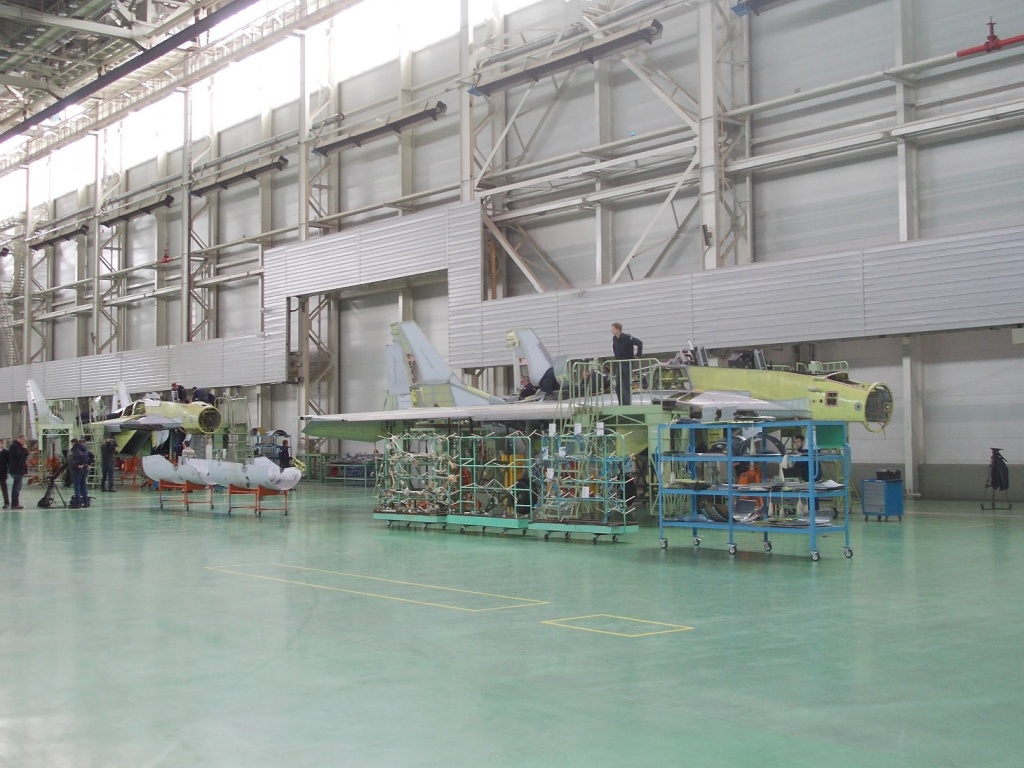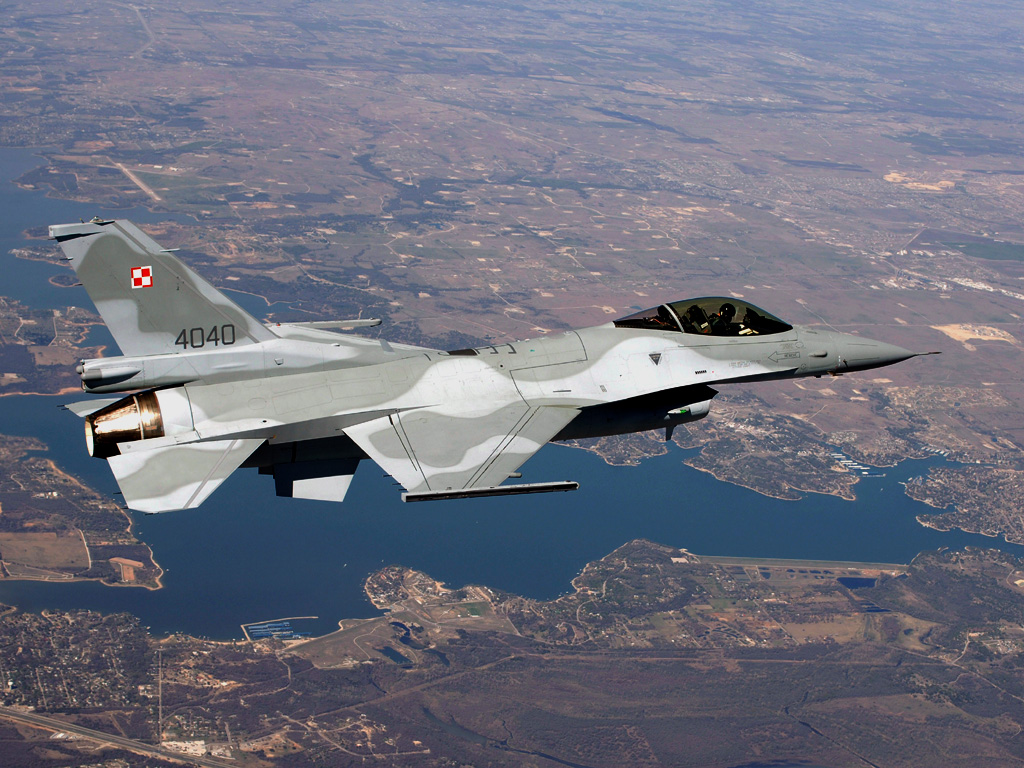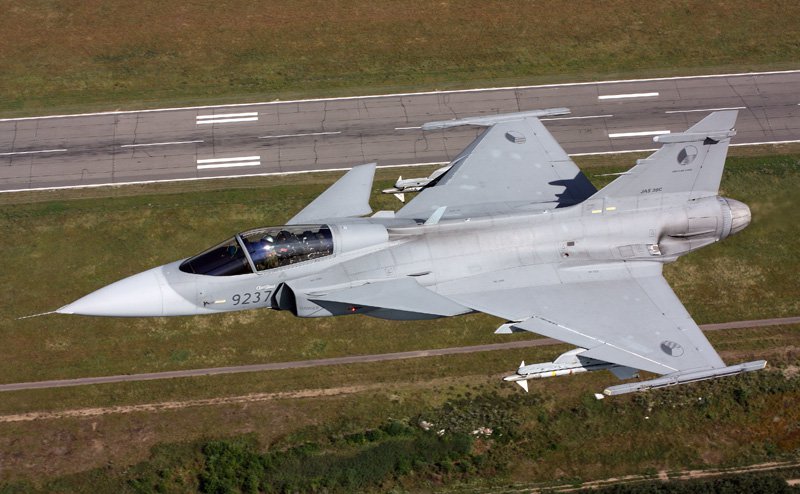
By Aleksandr Ermakov; Originally appeared at Eurasia.expert, translated by AlexD exclusively for SouthFront
The countries of the former socialist block in Eastern Europe are facing today the growing problem of aging military weaponry released in the last years of the USSR. The problem perhaps is felt most acutely in the field of aircraft; for many countries, the actual loss of the combat component of the air forces became a real possibility.
The current multi-purpose fighter jets, and they now constitute the basis of the air force, are often extremely expensive for the poor countries of Central and Eastern Europe. Thus, for example, unlike armoured vehicles, resources available for aircraft are objectively limited; the tank released in the 1960s can fully participate in wars in the Middle East (and until recently in the Balkans as well), while on exhausted resources it is frightening to fly a fighter jet.
Thus, for political reasons, for the majority of countries of the region, the necessary upgrade of the Soviet-produced weaponry to the Russian one, which is often a direct development, is unavailable.
Russian fighter jets “on the rise”
This does not mean that Russia’s proposals are ideally suitable for the countries of the region. The actively exported SU-27 fighter jet family (currently the SU-30SM and SU-35S are in first place), is not only expensive but is quite too “big” in range and combat power for small countries without pretensions.
Of all the Eastern block and the CIS, the Su-30SM is bought only by relatively rich Kazakhstan, possessing the strongest air force after Russia among the countries of the former USSR. Possible future owners (in the framework of trade deals, military aid or barter) may include the Republic of Belarus, but for now it is only in discussion. It is worth noting that at the end of 2012, Belarus refused the maintenance of its Su-27 of its air force due to high costs.
RSK’s export plans for the “MiG” are associated with the modernised MiG-29, promoted under the designation MiG-35. While the appearance changed so often that it is appropriate to talk about the MiG-35 not as a specific aircraft, but as a “deeply modernized MiG-29”, which in one form or another, will be brought into serial production and will be able to sell to the Russian air force or a major party of a foreign buyer.

MiG-35 prototypes
Suffice it to say that what is now called MiG-35, until recently passed under the designation MiG-29M/M2. It looks like they managed to sign a major contract to supply Egypt with 46 fighter jets, that in the ongoing transfer of purchase of the MiG-35 should give money and motivation to the Russian Ministry of Defence in finishing the aircraft.
However, it is doubtful that the MiG-35, considering the upcoming development and obviously a smaller batch, would be much cheaper than the conventional SU-3-SM, developed at the time largely with Indian money and produced literarily in the hundreds (considering it as their export “brothers”, purchased by India, Algeria and Malaysia).
The high cost of aircraft now often compensated with one type or another favourable terms, provided by the seller to his poorer ally. But Russia’s relations with the majority of countries of Central and Eastern Europe are now such that cooperation in the military field is extremely difficult.
The exception, aside from Belarus, appears to be the traditionally close Serbia, carrying out, sometimes on a preferential basis, the purchase of spare parts and equipment. The largest deal lately was to buy two Mi-17 helicopters. The possibility to purchase from Russia a small number of MiGs of a new generation or from the availability from the Russian aviation was discussed.
This possibility appeared only recently, thanks to the large-scale rearmament of the Russian aviation with new equipment. Before this, after the hiatus of the 1990s, all serviceable equipment sent for recovery repairs and further maintenance, were used for their own needs. Moreover, the MiG-29 of the Soviet production showed not to be durable enough and due to insufficient resources, the glider needing a large-scale modernization programme, unlike the Su-27, it did not take place, and as a result, in the Russian air force there are few MiGs left.
However, Russia’s position in this market initially, even before the current crisis in relations with the West, has been modest. An interesting alternative could be China with a range of offers that including a light fighter jet, the FC-1 “Xialong”, probably the cheapest produced today. But the countries of the region were in the majority set up to purchase only with the “right” supplier. So what did the new overlord was able to offer them?
The American “Viper” is Quasi-Free
First and foremost, of course, is the massive fighter jet of 4 generations and the most affordable American fighter jet, the F-16 “Fighting Falcon” (most often known by its informal name “Viper”). The “Viper” has been in production since August 1975. Over 4500 aircrafts were produced with many modifications.
Although the US air force has received its last aircraft in 2005, production in small volumes is maintained and will continue at least until the beginning of 2018, with the possibility of an extension in case of closing of additional contracts, in which case the probability is very high.
The pros of the F-16 originate largely from the original target of mass, export and versatility. Aside from the internal procurement, the aircraft before the start of the serial production was sold to a number of key US allies, the four European NATO members (Belgium and the Netherlands were producing under license), Israel and, as strange as it may seem today, Iran (although the anti-Shah revolution disrupted the supply).
To date, a number of countries operating the F-16 reached 26 (not counting Italy, taking the aircraft on a short-term lease), and are located on all continents, except Australia and Antarctica.
Buyers have the widest selection of air weapons and a huge market for spare parts. The latter contributes to the fact that about half of the aircraft, primarily American and European early editions, long since decommissioned and confined to storage bases for “cannibalisation”. However, many of them are kept in good condition and have a significant residual service life.
Of the Eastern European countries, only Poland was able to afford the purchase of the new F-16 construction, and one of the latest versions, something surpassing even the American standard.

F-16 beloning to the Polish Air Force Photo: polska-kaliningrad.ru
The value of the contract signed in 2003 for the purchase of 48 fighter jets and related equipment, weapons and personnel training amounted to $3.5 billion. Given these prices (up to now this is the largest defence contract in the “liberated” Eastern Europe) it is not surprising, that the retired aircrafts are becoming for many countries the only option for acquiring the coveted American aircraft.
So, Indonesia, along with the procurement of “large” and expensive aircrafts Su-30 and Su-35, bought for $750 million 24 used F-16s (plus weapons, equipment and spare parts, including six airplanes “for parsing”). Meanwhile, by all accounts, what was paid for was the refurbishment and modernisation to a relatively modern level, not the planes themselves.
Similar schemes are quite popular on the weapons market, for example, India received “free” the Russian carrier “Admiral Gorshkov”, paying only a radical modernisation of the ship, putting in a tidy sum, much greater than the initial plans.
Romania used a similar scheme in acquiring 12 F-16, the first Western fighter jets, designed to replace the Romanian air forces’ MiG-21bis.
Interestingly, the purchase was made in Portugal (true that three of the aircrafts were sold to the Portuguese from American bases built specifically for this deal). The contract with Portugal was worth €186 million included pilot and ground staff training, a surplus of spare parts, modernisation and maintenance of the aircrafts. However, given that they had to buy extra aircrafts and that the modernisation was conducted with the assistance of American firms, the Portuguese will get the deal for only €78 million, that, however, it is better than to allow unused planes to decay.
The total Romanian expenditures were much higher, as they had to buy the necessary equipment for maintenance of the different technological infrastructure, ground equipment and weapons to train the personnel.
In total, given the contracts in the USA for the above-mentioned, expenses on the purchase of 12 F-16 are estimated at $695 million. For Indonesia the aircraft cost less because the F-16 is already in use in their air forces. Romania does not plan to stop there and in 2017 hopes to buy another 12 planes.
Bulgaria tries to follow the example where once again talks were resumed on the necessity of replacing the parts to increase the service life of the MiG-29.
In June, the country made a formal request to Portugal about the possibility of purchasing on a scheme similar to Romania’s, nine F-16 fighter jets. However, so far Bulgaria is forced to negotiate with Russia providing assistance in the maintenance of the existing MiGs.
Croatia is also interested in purchasing the used F-16 (if possible, through Israel), but the poor economic situation does not help, in fact the deal is contingent upon the provision of USA financial assistance.
If the next presidential administration of the USA will be willing to support the rearmament of poor NATO countries to deter the notorious “Russian aggression”, one cannot exclude among the buyers Slovakia.
Leasing the Swedish “Gryphon”
There is only one alternative essentially to the “Vipers”, and it is not supported by the American military aid programme, the light Swedish fighter jet JAS 39 “Gripen”.
The “Gryphon” is the least expensive (particularly in its operation) of the modern fighter jets of Western production and today almost the only, if we do not count the Chinese MiG-21 offspring, light fighter jet in the classical sense of the word.
In doing so, it actively introduced modern weapons, for example, the advance long-range “air-to-air” missile “Meteor” already included in the composition of its weaponry, while on the English “Typhoon” it is just being implemented.

JAS39 C “Gripen” belonging to the Czech Air Force Photo: defense-update.com
Such inevitable disadvantages on small machines as a relatively short range and flight time, for small countries are not a consideration. A more important hindrance to the wider distribution of the Swedish fighter jet is that the Swedish government cannot support the purchases of its military weaponry with significant economic or political favours.
The solution was found in the use of leasing schemes. Hungary took the first scheme in 2003 with a plan of future purchase of 14 fighter jets. However in 2012, it was decided not to purchase the aircrafts but to extend the lease to 2026.
In 2005, the Czech Republic followed suit with a similar deal, it leased 14 of the same fighter jets, and at the moment the period of use was extended to 2027 as well. For potential buyers (or lessees) in the region, the Swedish “Gryphon” covers Croatia and Slovakia as well. The key question is, what would be cheaper: to receive conditionally free F-16s from the USA or to form a “used” park with neighbours of leased JAS 39.
Fortunately the Swedish air force will soon begin replacing the aircrafts with the latest modification, the JAS 39NG. In any case, the preservation of the combat component of the air force for countries in the region will be a serious challenge. Aside from Poland, considering the options of MiG-29 and Su-22 remaining in service, the purchase of new fighter jets in the foreseeable future, only Finland will shell out, but this question, is only for 2020.
Aleksandr Ermakov, independent military expert





